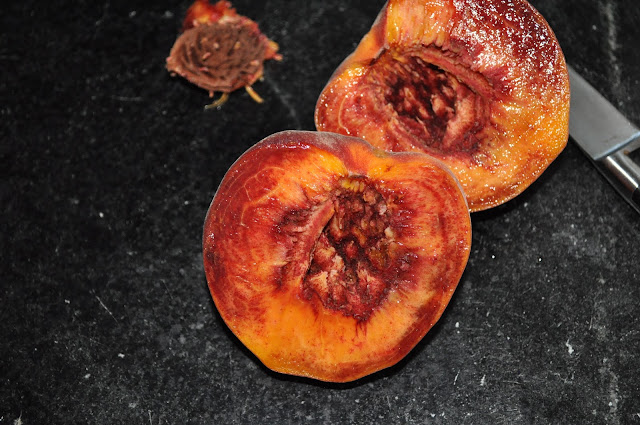 |
| Lavandula angustifolia "Hidcote Blue" |
Once an arrangement has ended its usefulness as an arrangement, crush that dude to pieces and save in a paper bag. Sprinkle some of that on carpets before vacuuming. The carpet is freshened and so is the vacuum bag/canister. Rub it on your pet before brushing. The oils smell great to us while the fleas are disgusted.
Now that the heat is on it's way out (hopefully), it is a good time to give lavender a haircut. Prune off all dead/spent twigs. Check soil and irrigation. Spray the plant with a blast from the hose to shake off the summer dust. I only feed lavender infrequently and when I do it's minimal but organic. Any lavender that didn't make it through the summer, pitch it in the compost heap and replace.
I've tried propagating lavender by layering and with seeds. Buying a new, healthy plant from the nursery is easier and gives instant gratification. Plus, you're able to see the blossom and determine if it's the right fit for your needs.




